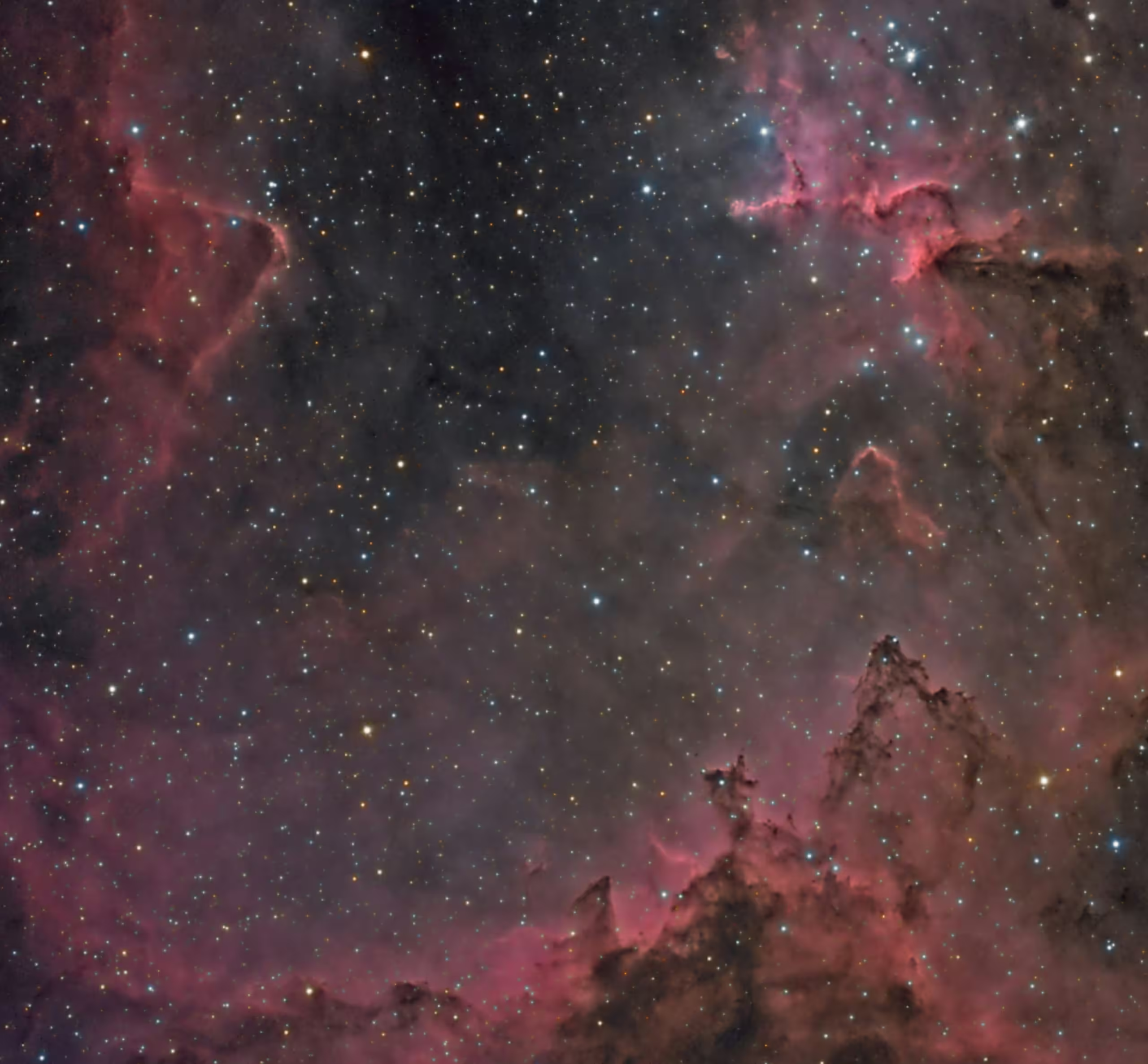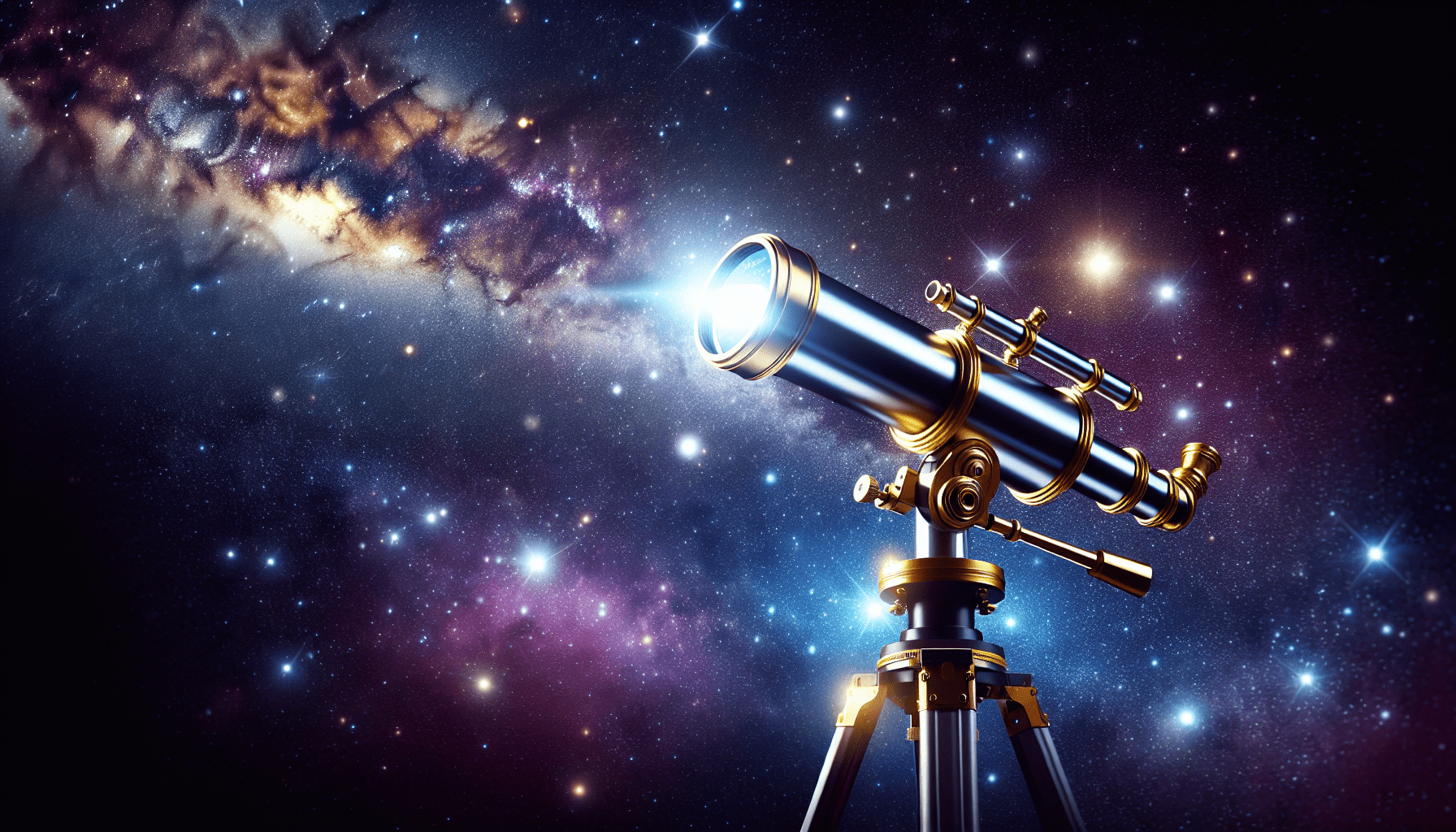The most important function of a telescope is to gather light, enabling astronomers to observe distant celestial objects with unparalleled clarity and precision. By collecting and focusing light from stars, galaxies, and other astronomical phenomena, telescopes serve as essential tools for expanding our understanding of the universe. This function surpasses other capabilities such as magnification or imaging, as the sheer ability to gather more light allows for the study of objects that are otherwise invisible to the naked eye. This critical attribute of telescopes has paved the way for numerous astronomical discoveries and continues to drive advancements in the field.
Table of Contents
The Most Important Function of a Telescope
Have you ever gazed at the night sky and wondered about the mysteries of the universe? Human curiosity about the cosmos has driven numerous technological advancements, and the telescope stands out as an iconic marvel in this quest for knowledge. But what is the most important function of a telescope?
Overview
A telescope is more than a mere tool for stargazing; it is an essential instrument for both professional astronomers and amateur enthusiasts. It allows humans to peer into the vastness of space, bridging the gap between our immediate surroundings and celestial phenomena light-years away. Understanding the core function of a telescope is crucial, as it reflects our timeless fascination with the universe and underscores the continual quest for scientific discovery.
Thesis Statement
The most important function of a telescope is its ability to gather light, which enables the observation and study of celestial objects far beyond our natural vision. This core function is critical for advancing our knowledge of the universe, driving innovations in telescope technology, and enhancing our comprehension of the cosmos.

This image is property of images.pexels.com.
Historical Context
The history of the telescope dates back to the early 17th century when Hans Lippershey, a Dutch spectacle-maker, is credited with the creation of the first refracting telescope. However, it was Galileo Galilei who, upon hearing about the invention, constructed his own improved version and became the first to use the telescope for astronomical purposes. Galileo’s observations of the moons of Jupiter, the phases of Venus, and the detailed examinations of the Moon marked the dawn of a new era in astronomy.
Telescopic developments continued with Isaac Newton’s invention of the reflecting telescope in 1668, which utilized mirrors rather than lenses to gather light, thus eliminating chromatic aberrations. Over the centuries, telescopes have evolved significantly, with advancements in optics, mountings, and computerized tracking systems. Notable milestones include the Hubble Space Telescope, launched in 1990, which has provided some of the most detailed images of distant galaxies, nebulae, and other celestial phenomena.
Current Trends
Today, the field of telescopic observation is witnessing exponential growth. Ground-based observatories, such as the Very Large Telescope (VLT) in Chile, utilize adaptive optics to correct for atmospheric distortions, resulting in sharper images. Meanwhile, space telescopes like the James Webb Space Telescope (JWST), set to launch soon, promise unprecedented insights into the early universe with their advanced infrared capabilities.
A recent trend is the burgeoning field of radio and gravitational wave astronomy. Radio telescopes, like the Atacama Large Millimeter/submillimeter Array (ALMA), observe the universe in wavelengths longer than visible light, unveiling phenomena like cosmic microwave background radiation. Similarly, the Laser Interferometer Gravitational-Wave Observatory (LIGO) has opened up a new way of observing cosmic events by detecting ripples in spacetime.

This image is property of images.pexels.com.
Key Concepts and Definitions
Light-Gathering Power
Light-gathering power is the primary function of a telescope and is determined by the diameter of its aperture—the larger the aperture, the more light the telescope can collect. This is crucial for seeing faint objects in the night sky and resolving fine details in celestial bodies.
Resolving Power
Resolving power refers to a telescope’s ability to distinguish between two closely spaced objects. Higher resolving power allows for more detailed and sharp images, which are essential for studying the structure and composition of astronomical objects.
Magnification
While often considered the defining feature by many amateur astronomers, magnification is secondary to light-gathering and resolving power. High magnification is only useful if the telescope has high light-gathering and resolving capabilities.
Detailed Exploration
The Essential Role of Light-Gathering
The core function of a telescope’s light-gathering ability cannot be overstated. By amassing more light than the human eye, telescopes expose the viewer to dim and distant objects previously unseen. For example, a small backyard telescope with a 6-inch aperture gathers approximately 500 times more light than the naked eye.
Example 1: The Role of Hubble Space Telescope
The Hubble Space Telescope illustrates the transformative power of light-gathering capabilities. Despite being a modest 2.4 meters in diameter, Hubble’s position above Earth’s atmosphere allows it to capture stunningly clear images. These include the iconic Deep Field images, where thousands of galaxies can be seen in what appears to be an empty patch of sky. Hubble’s ability to gather light for extended periods allows it to resolve objects billions of light-years away, offering invaluable data on the universe’s formation and evolution.
Example 2: Ground-Based Giants
Ground-based observatories like the Keck Observatory leverage enormous mirrors—each measuring 10 meters in diameter—to amass incredible amounts of light. These telescopes are instrumental in studying exoplanets, black holes, and other distant phenomena. They utilize technologies like adaptive optics to mitigate atmospheric distortions, pushing the boundaries of ground-based observations closer to that of space telescopes.
Comparing Different Perspectives
While refracting telescopes use lenses to gather light, reflecting telescopes employ mirrors. Both have their merits; refractors deliver clear and sharp images free from central obstruction, making them ideal for planetary and lunar observations. On the other hand, reflectors are favored for deep-sky observations due to their larger apertures and cost-effectiveness. Catadioptric telescopes combine elements of both, providing versatile options for amateur astronomers.
Impact Assessment
The impact of telescopes on our understanding of the universe is profound. The ability to gather and analyze light has led to groundbreaking discoveries, from the confirmation of the heliocentric model to the detection of dark energy. These insights have fundamentally altered our perception of our place in the cosmos, fostering a more profound appreciation of the universe’s complexity and scale.

This image is property of images.pexels.com.
Future Directions and Implications
Predictions
In the future, telescopic technology will likely focus on overcoming current limitations, such as the need for larger apertures and better resolution. Multi-messenger astronomy, combining data from optical, radio, and gravitational wave observatories, will offer a more comprehensive understanding of celestial events.
Implications
The continued advancement of telescopic technologies has far-reaching implications for various fields. In astrophysics, it will enable more precise measurements of cosmic parameters, potentially leading to new theories on the universe’s origin and fate. For planetary science, improved telescopic capabilities may reveal more about the conditions necessary for life, guiding future space missions and the search for extraterrestrial life. Socially, these advancements in our understanding of space can inspire curiosity and innovation, driving educational and scientific endeavors worldwide.
Conclusion
Recap
In summary, the telescope’s most important function—its ability to gather light—enables astronomers to observe faint and distant objects, breaking new ground in our exploration of the universe. From Galileo’s first telescopic discoveries to the present-day marvels like the Hubble Space Telescope, this instrument has continuously expanded the frontiers of human knowledge.
Final Thought
As we ponder the future of telescopic advancements, one must consider the endless possibilities that lie ahead. Could the next leap in telescope technology finally unveil the deepest secrets of the cosmos, or perhaps even discover signs of extraterrestrial life? The sky is not the limit; it is only the beginning.
Engagement
Readers are encouraged to share their thoughts and questions on this topic. Exploring more resources and engaging in discussions can further enhance our collective understanding and appreciation of the universe.
Credible Sources
- Tyson, Neil deGrasse. Astrophysics for People in a Hurry. W.W. Norton & Company, 2017.
- Bell, Jim. The Interstellar Age: Inside the Forty-Year Voyager Mission. Dutton, 2015.
- NASA’s Hubble Space Telescope – https://www.nasa.gov/feature/goddard/2020/hubble-space-telescope
- The History of Telescopes – https://www.history.com/topics/inventions/telescope
- Atacama Large Millimeter/submillimeter Array (ALMA) – https://www.almaobservatory.org/en/home/
By engaging with these resources and contributing to ongoing discussions, readers can enrich their understanding of telescopic advancements and their critical role in unveiling the universe.

